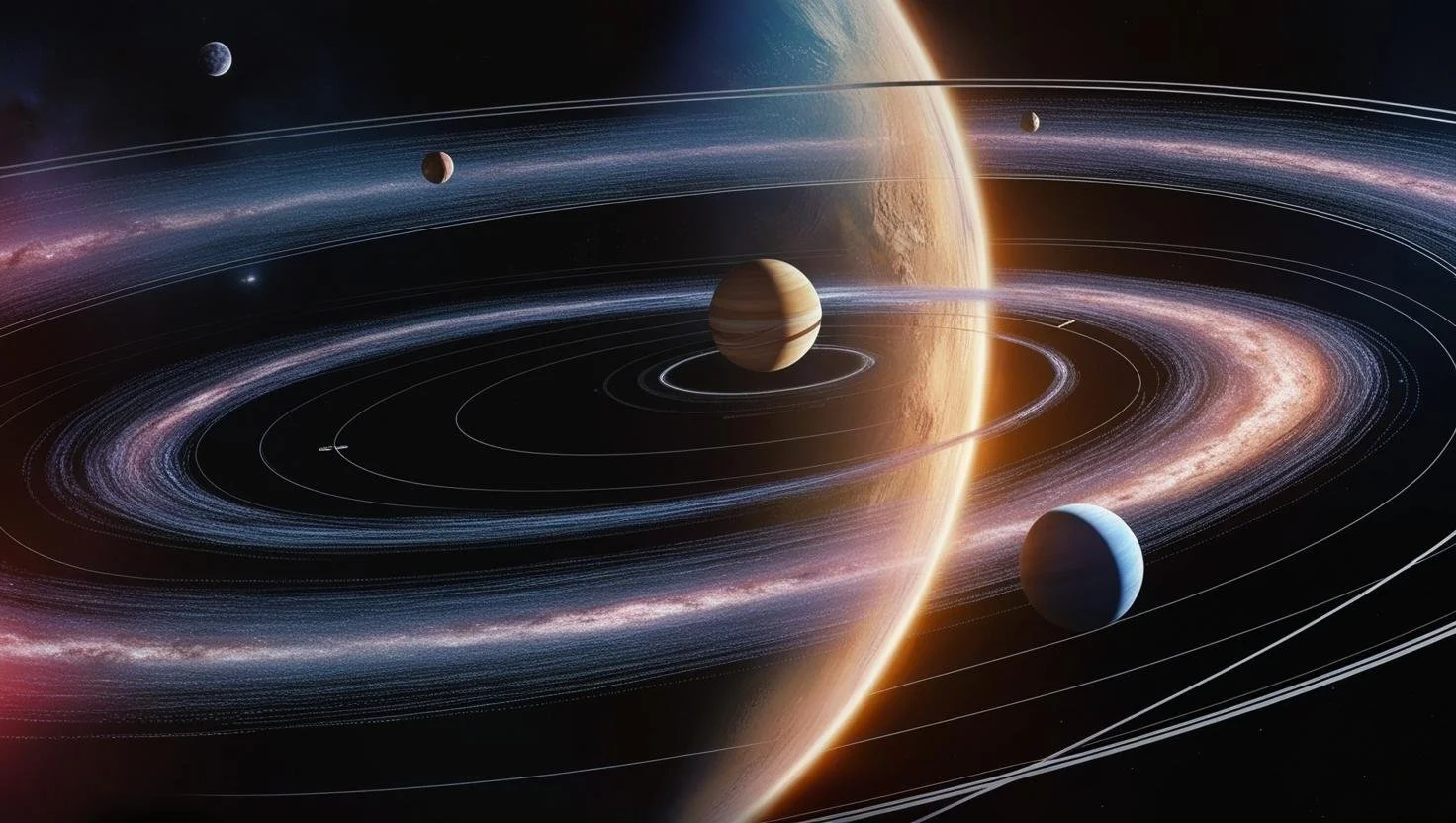Planetary Orbits and Seasons: The Rhythms That Shape Life
Earth’s journey around the sun is far more than a celestial dance—it is the foundation for the seasonal rhythms that sustain all life on our planet. Our unique axial tilt and elliptical orbit transform sunlight into the changing patterns of spring, summer, autumn, and winter. These cycles not only regulate temperature, precipitation, and ecological succession but also form the backdrop against which human civilizations have evolved, nurtured agriculture, and celebrated cultural traditions.
A Tilt Toward Life
Earth’s axial tilt of 23.5 degrees creates the seasonal variations essential for biodiversity and human sustenance. In spring, longer days and rising temperatures awaken dormant flora and fauna, triggering blooms that support pollinators and herbivores. Summer brings abundant sunlight, accelerating photosynthesis and bolstering agricultural productivity. Autumn signals harvest and prepares ecosystems for renewal, while winter’s shorter days and cooler temperatures enforce a period of rest and conservation. These predictable shifts ensure that natural resources, food supplies, and ecosystems remain in balance—a system that has sustained life for millennia.
Seasons and Human Civilization
Human societies have long depended on the steady rhythm of the seasons. Agricultural practices, from the rice paddies of Southeast Asia to the wheat fields of Europe, are timed precisely to seasonal cues. These cycles are deeply embedded in cultural rituals and festivals, such as the winter solstice celebrations and spring festivals like Holi and Easter, which honor renewal and rebirth. Such traditions underscore the profound connection between human identity and the natural calendar, offering not only practical guidelines for survival but also spiritual and communal cohesion.
The Impact of a Changing Climate
Although the seasons have historically provided a reliable framework for life, modern climate change is disrupting these age-old rhythms. Warmer temperatures are causing shifts in the onset of spring, extended growing seasons, and unpredictable rainfall patterns, all of which jeopardize agricultural productivity and ecosystem stability. For example, premature flowering can decouple plant-pollinator interactions, while altered rainfall patterns challenge water management in farming. These disruptions not only threaten food security and biodiversity but also erode cultural practices tied to the natural calendar.
Lessons from the Cosmos
The cyclical nature of planetary orbits offers timeless lessons in balance and interdependence. Sustainable agricultural practices, such as crop rotation and regenerative farming, work in harmony with seasonal cycles to maintain soil fertility and long-term productivity. Likewise, climate adaptation strategies that protect wetlands, forests, and other critical ecosystems help preserve nature’s self-regulating processes. Recognizing the intrinsic link between the cosmos and human life encourages us to honor traditional seasonal celebrations, fostering a deeper sense of community and environmental stewardship.
A Celestial Gift for the Future
The rhythms of Earth’s orbit are a precious resource—a reminder that our planet is a living system sustained by natural cycles. By aligning our human endeavors with these rhythms, from urban planning that incorporates green infrastructure to the transition toward renewable energy, we can build a more resilient and harmonious future. In doing so, we honor both our heritage and the cosmic forces that continue to shape our existence.
References
Finney, B. (1994). Voyage Of Rediscovery: A Cultural Odyssey Through Polynesia. University Of California Press.
Foster, R. G., & Kreitzman, L. (2005). Rhythms Of Life: The Biological Clocks That Control The Daily Lives Of Every Living Thing. Yale University Press.
Foster, R. G., & Roenneberg, T. (2008). Human Responses To The Geophysical Daily, Annual And Lunar Cycles. Current Biology, 18(17), R784–R794.
IPCC (Intergovernmental Panel On Climate Change). (2021). Climate Change 2021: The Physical Science Basis. Cambridge University Press.
Jacobson, M. Z., & Delucchi, M. A. (2011). Providing All Global Energy With Wind, Water, And Solar Power. Energy Policy, 39(3), 1154–1169.
Rockström, J., et al. (2009). Planetary Boundaries: Exploring The Safe Operating Space For Humanity. Ecology And Society, 14(2).
Waltham, D. (2014). Lucky Planet: Why Earth Is Exceptional—And What That Means For Life In The Universe. Basic Books.

